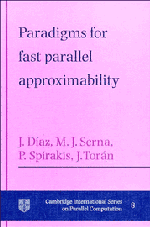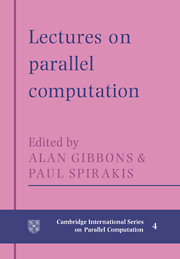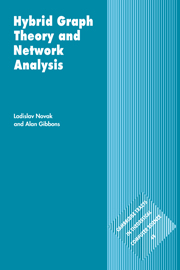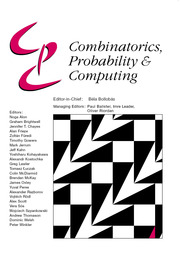Paradigms for Fast Parallel Approximability
Various problems in computer science are 'hard', that is NP-complete, and so not realistically computable; thus in order to solve them they have to be approximated. This book is a survey of the basic techniques for approximating combinatorial problems using parallel algorithms. Its core is a collection of techniques that can be used to provide parallel approximations for a wide range of problems (for example, flows, coverings, matchings, travelling salesman problems, graphs), but in order to make the book reasonably self-contained, the authors provide an introductory chapter containing the basic definitions and results. A final chapter deals with problems that cannot be approximated, and the book is ended by an appendix that gives a convenient summary of the problems described in the book. This is an up-to-date reference for research workers in the area of algorithms, but it can also be used for graduate courses in the subject.
- First book on subject
- Can be used as advanced text or reference
- Comprehensive and thorough
Reviews & endorsements
Review of the hardback: 'Required reading for researchers working on parallel algorithms and of interest to anyone working in the area of parallel computing in general.' Brian Bramer, CVu
Product details
July 1997Hardback
9780521431705
166 pages
255 × 179 × 15 mm
0.465kg
32 b/w illus.
Temporarily unavailable - available from May 2023
Table of Contents
- 1. Introduction
- 2. Basic concepts
- 3. Extremal graph properties
- 4. Rounding, interval partitioning and separation
- 5. Primal-dual method
- 6. Graph decomposition
- 7. Further parallel approximations
- 8. Non-approximability
- 9. Syntactical defined phrases
- Appendix: Definition of problems
- Bibliography
- Index.






